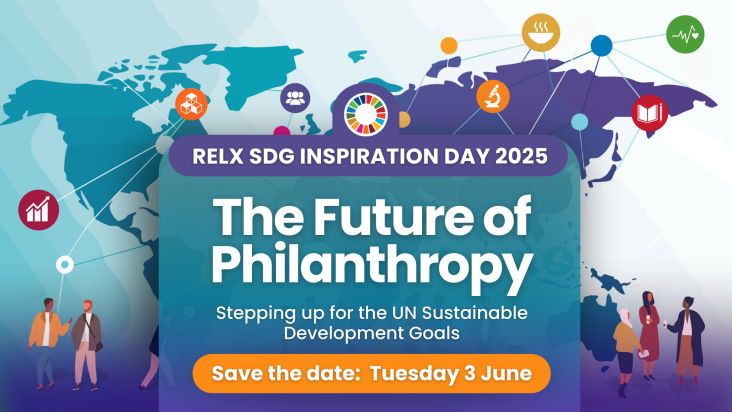This perspective highlights the challenges and opportunities of implementing people-centered multi-hazard early warning systems in the Global South, emphasizing the need for localized, inclusive approaches that address vulnerability and the complex interrelationships of hazards, to bridge the gap between global ambitions and operational realities.
This backstory highlights the importance of interdisciplinary and participatory approaches in advancing the One Health concept, using lessons from an international workshop in Lao PDR to address existing knowledge gaps and improve global health security strategies.

RELX SDG Inspiration Day 2025
The Future of Philanthropy: Stepping up for the United Nations Sustainable Development Goals
iScience, Volume 28, Issue 5, 16 May 2025, 112303
Public attitudes were assessed toward six strategies for ecological resoration and geo-engineering, with the public strongly preferring nature based solutions like reforestation.
S. Bhattacharya & G. Nikitas, Energy and Climate Change: Our New Future, 2025, Pages 197-224
This chapter supports SDGs 7, 11, and 13, by providing an overview of wind energy and current challenges and opportunities, with a particular focus on offshore wind energy which is an increasingly important part of the energy transition.

Corporate Responsibility (CR) starts with the positive impact RELX has on society through our products and services.

